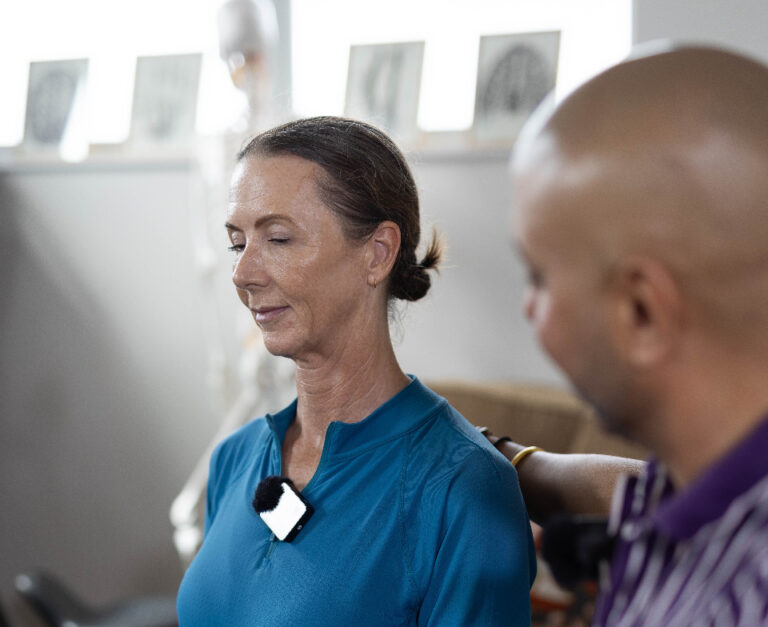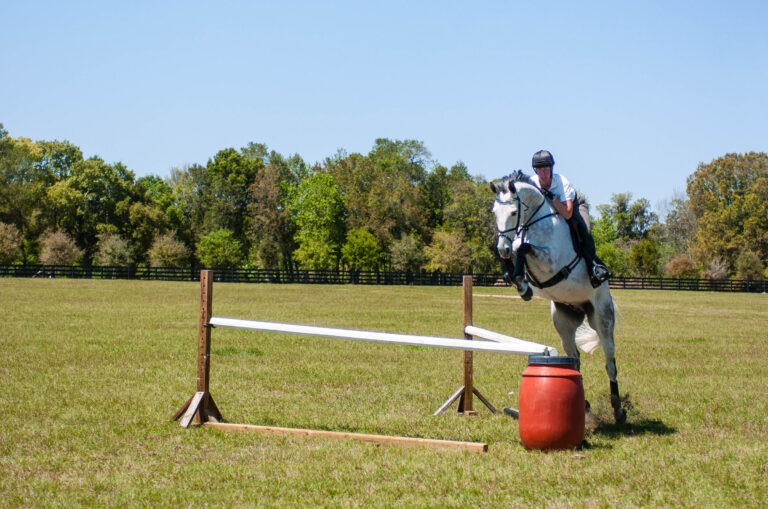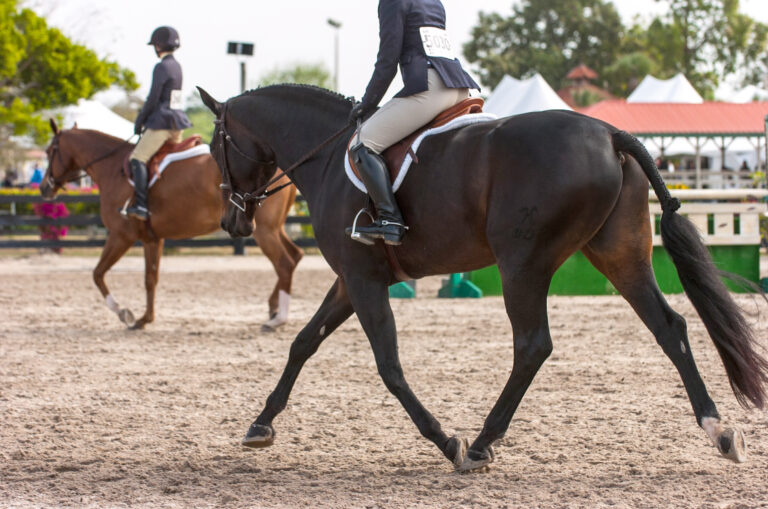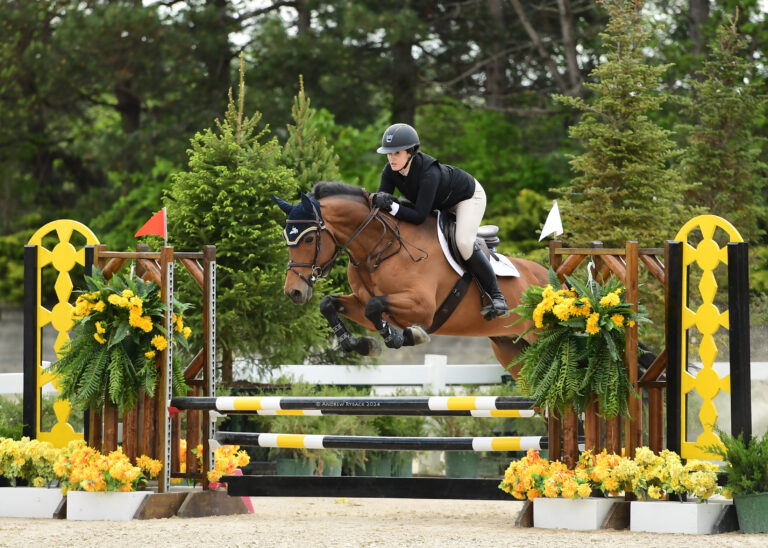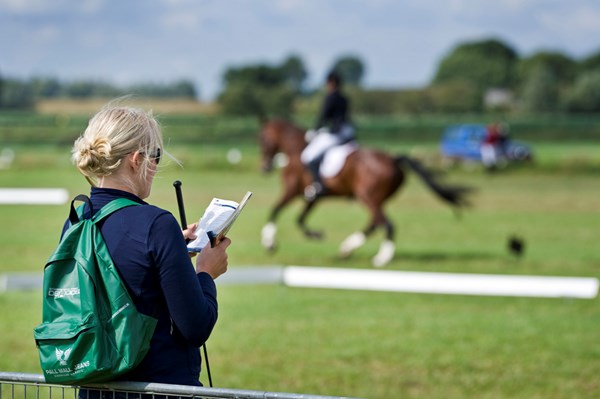 When reading a dressage test, it’s a good idea to have a practice run with the rider to familiarize yourself with what’s required and minimize stress during competition. | © Arnd Bronkhorst
When reading a dressage test, it’s a good idea to have a practice run with the rider to familiarize yourself with what’s required and minimize stress during competition. | © Arnd BronkhorstCalling a dressage test for a friend can help to give her confidence so she performs at her best. A trusted reader standing at the side of the arena allows a rider to concentrate on the movement she’s performing without worrying about forgetting what comes next. Dressage tests can be read at any level except for FEI, championship and freestyle tests. Here are some tips for calling a test successfully:
Familiarize yourself with the test beforehand. Read it over and have a practice run with your friend to minimize stress when she’s competing in the arena.
On show day, check the ride time and test version with the ring steward. Being ready to call the test on time makes the entire show run smoother.
Stand at E or B. If there is more than one judge, be aware of their positions so you don’t block their view. You also may want to check with show management if your ring is located next to another arena. Some shows ask readers to stand back to back at adjacent arenas to avoid shouting at one another.
Start reading the test when the bell rings. If a rider begins a test before the reader starts calling it, the reader can no longer call the test.
Enunciate, speak loudly and be aware of where the rider is in the movement. As she is finishing, call the next movement.
Call each movement just once. If there is doubt that the rider heard the call—for example, a horse whinnies or a car alarm goes off as you’re reading—you are allowed to call the movement again.
Read only what is written on the test sheet. You cannot say, for example, “Trot at B as in ‘boy.’” In addition, it’s not necessary for you to read words in parentheses.
Don’t talk to the rider. If she goes off course, she should go to the judge at C for directions. The judge will tell you where to begin reading again.
You’ll know that you’ve done a good job reading a test when the judge is not distracted, the rider is happy and other riders start asking you to read for them, too.
Janet Brown Foy is an FEI “I”dressage judge, USEF “S” dressage judge and USEF “R” sporthorse breeding judge. She has officiated at many major shows in the United States and has judged at national championships and CDI***s in Guatemala, England, Canada, Poland, Australia and Mexico. Janet has earned United States Dressage Federation bronze, silver and gold medals. She gives clinics throughout the United States.
This article originally appeared in the September 2014 issue of Practical Horseman.





